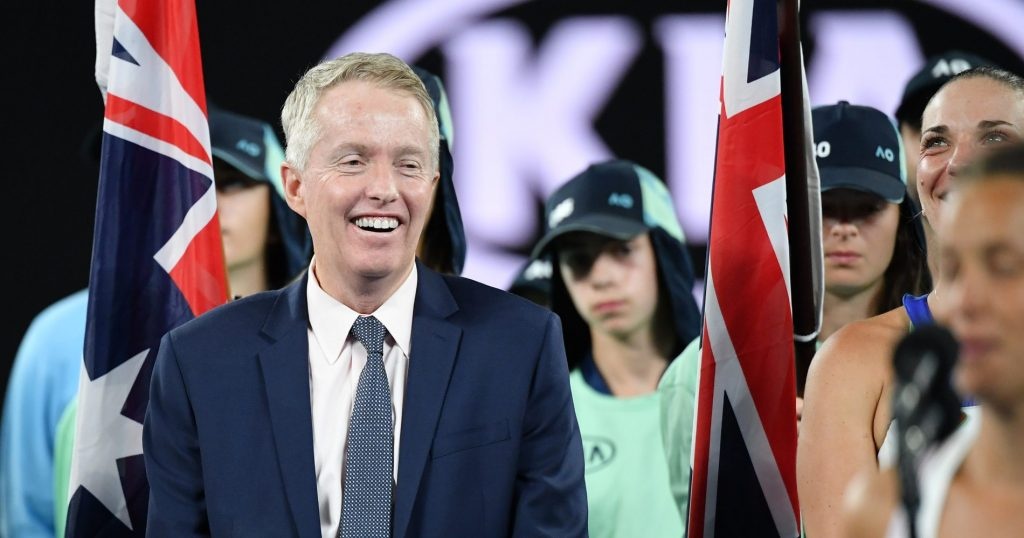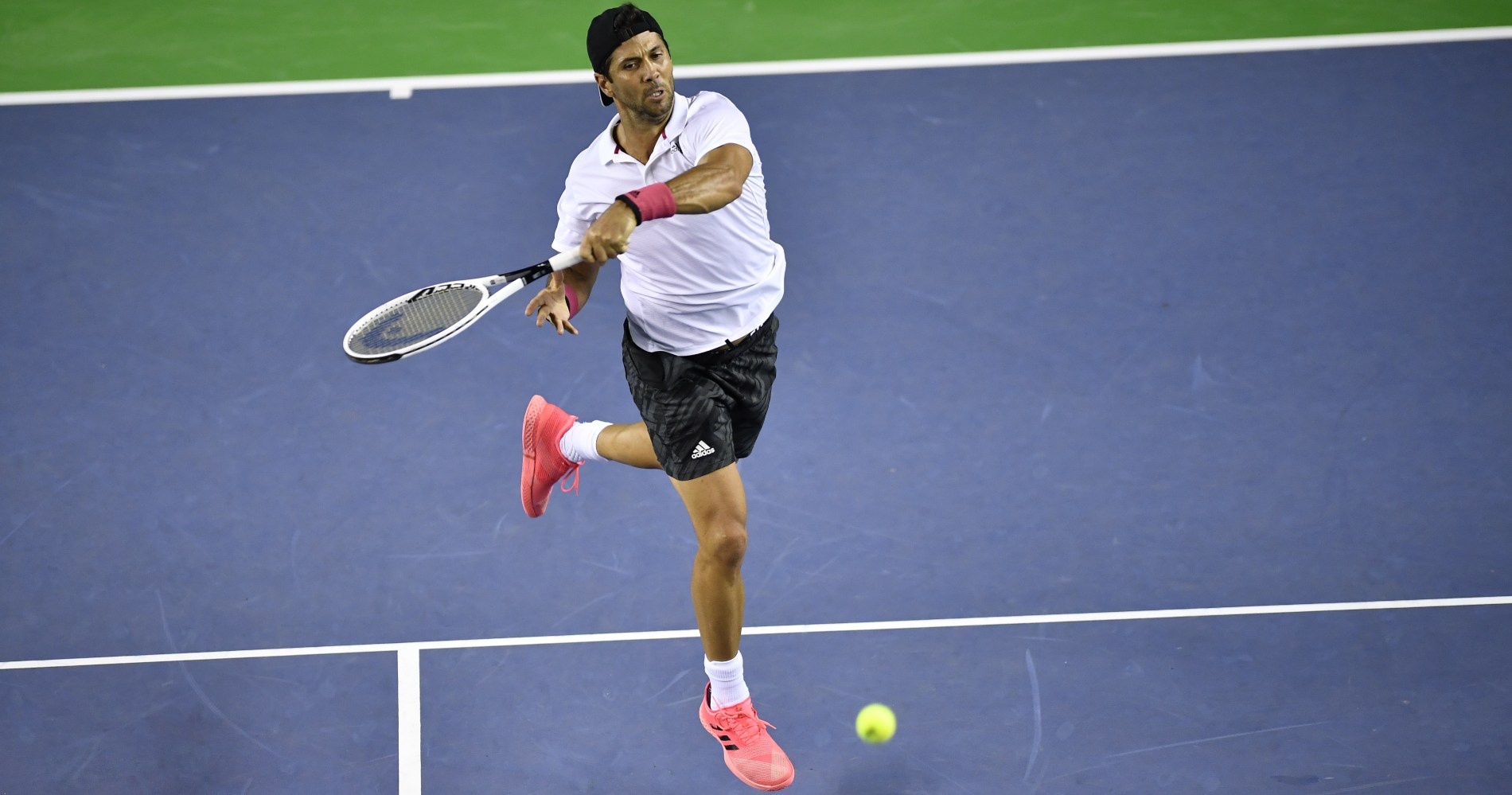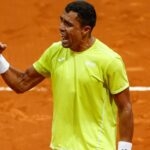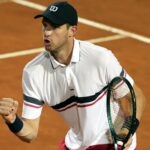Tennis Australia: Australian Open, CEO, organisation, all you need to know
Everything you need to know about Tennis Australia, the governing body for tennis in Australia and organizer of the Australian Open.
 A view of the Rod Laver Arena at sunset
A view of the Rod Laver Arena at sunset
You can follow Tennis Australia on Twitter, Instagram and Facebook.
What is Tennis Australia?
Tennis Australia is the governing body for tennis in Australia.
What is the role of Tennis Australia?
Its main missions are threefold : promote tennis in Australia, manage formation and professional tennis in Australia, and conduct domestic and international tournaments on behalf of Australia.
It means that Tennis Australia is the Australian Open’s organizer. It has been the case since the tournament’s first edition, in 1905.
But it also organizes the Brisbane International, Hobart International and Sydney International tournaments, the Hopman Cup and the Kooyong Classic.
Tennis Australia also has a Foundation to inspire brighter futures for children and young people.
 Where is Tennis Australia located?
Where is Tennis Australia located?
Tennis Australia headquarters are located at Melbourne Park, Olympic Boulevard, Melbourne Park, Melbourne, Vic 3000, AUSTRALIA.
How to contact Tennis Australia?
You can contact Tennis Australia by the following means:
- Tel: +61 3 9914 4000
- Web: using this contact form.
Tennis Australia also has more specific contacts per States.
In particular, for Australian Open ticketing enquiries, you can contact Tennis Australia on customersupport@tennis.com.au or using this form.
Since when does Tennis Australia exist?
Founded in 1904, Tennis Australia served to support the Australian team for the Davis Cup. Indeed, as Norman Brookes’ star power grew, so too did the interest for tennis in Australia, and the need to formalize a structure as in the British Isles and in the United States. Tennis Australia was first named after the Lawn Tennis Association of Australasia (LTAA), and was common with New Zealand.
A full story on the development of tennis in Australia can be read in a great exhibit of Google Arts & Culture.
Who is the chairman?
Craig Tiley, 58 years-old, is the Chief Executive Officer of Tennis Australia, and also the Australian Open Tournament Director.
What is the board?
The board of Tennis Australia is composed of: Jayne Hrdlicka (Chair), Dan Bisa, Graham Bradley AM, Mark Da Silva, Diane Grady AM, Greg Hutchinson, Elizabeth Minogue, Peter Robertson and Janice van Reyk.
Tennis Australia executive team is organized as follows:
- Craig Tiley, CEO & Australian Open Tournament Director
- Anna Livingston, Chief Diversity & People Officer
- Darren Pearce, Chief Communications Officer
- Tom Larner, Chief Operating Officer
- Josie Brown, Chief Marketing & Insights Officer
- Matt Dwyer, Chief Tennis Officer
- Melissa Azzopardi, Chief Financial Officer
- Jacquie Mangan, General Counsel / Company Secretary
Tennis Australia counts 500 tennis employees across Australia, and employs more than 5000 staff and volunteers during summer each year.
How does Tennis Australia deal with the Covid-19 crisis?
As the Australian Open takes place in January, Tennis Australia is the less impacted organizer of a Grand Slam event by the Covid-19 crisis, for now.
Still, planning for a potentially pandemic-hit 2021 edition is already on its way.
Craig Tiley, chairman of Tennis Australia and director of the Australian Open, shared his view about the situation in a press release on April 7th.
“These extraordinary times dictate a need for agility and extensive planning that explores a very wide range of options.”
He also discussed the possibility of international players having to undergo quarantine.
“With such a high-dependency on international travel we are looking at what we might have to do if players need to be quarantined for any length of time before being allowed to freely move around Australia.”
He also raised the possibility of a 2021 Australian Open played behind closed doors.
“Another example is if mass gatherings are still not allowed or severely restricted next year, we are looking at the possibility of running an event for broadcast. These are just two of many scenarios we have to examine.”
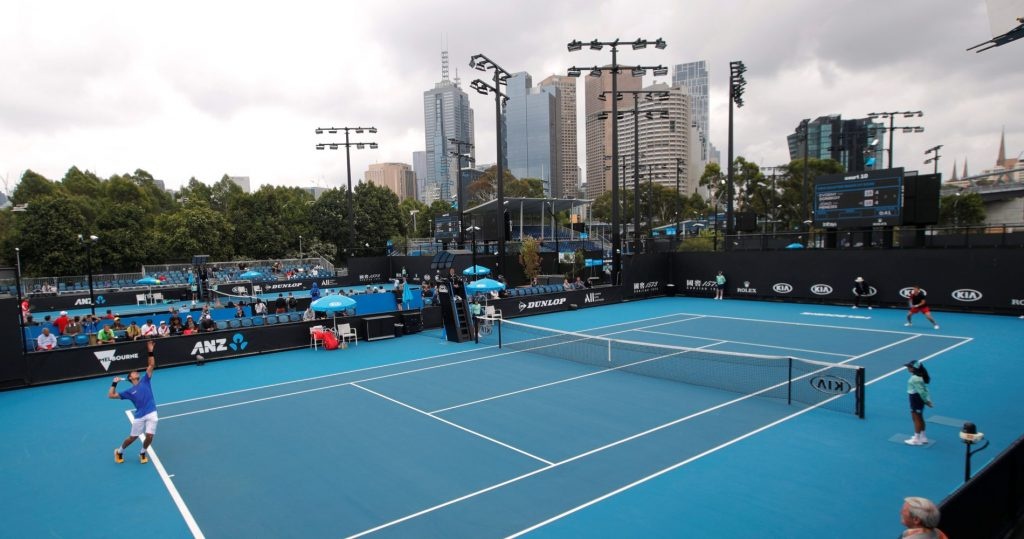 Where is Tennis Australia located?
Where is Tennis Australia located? 